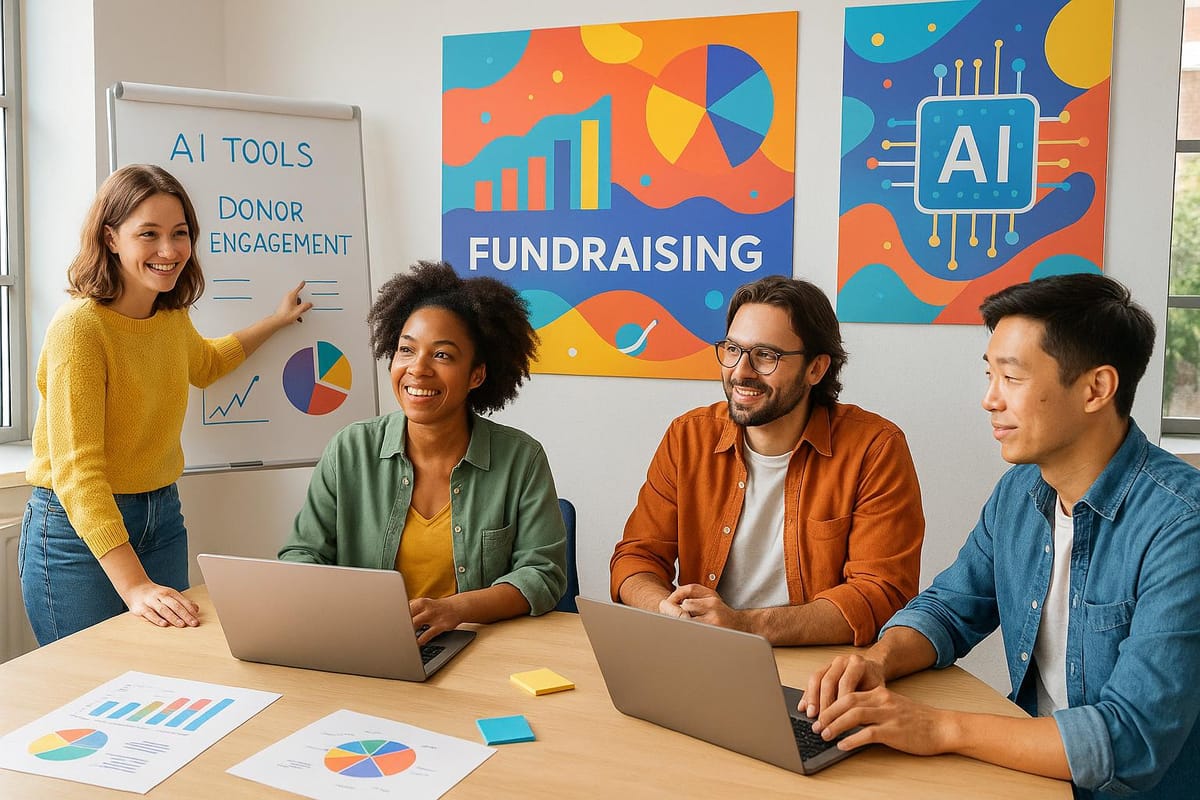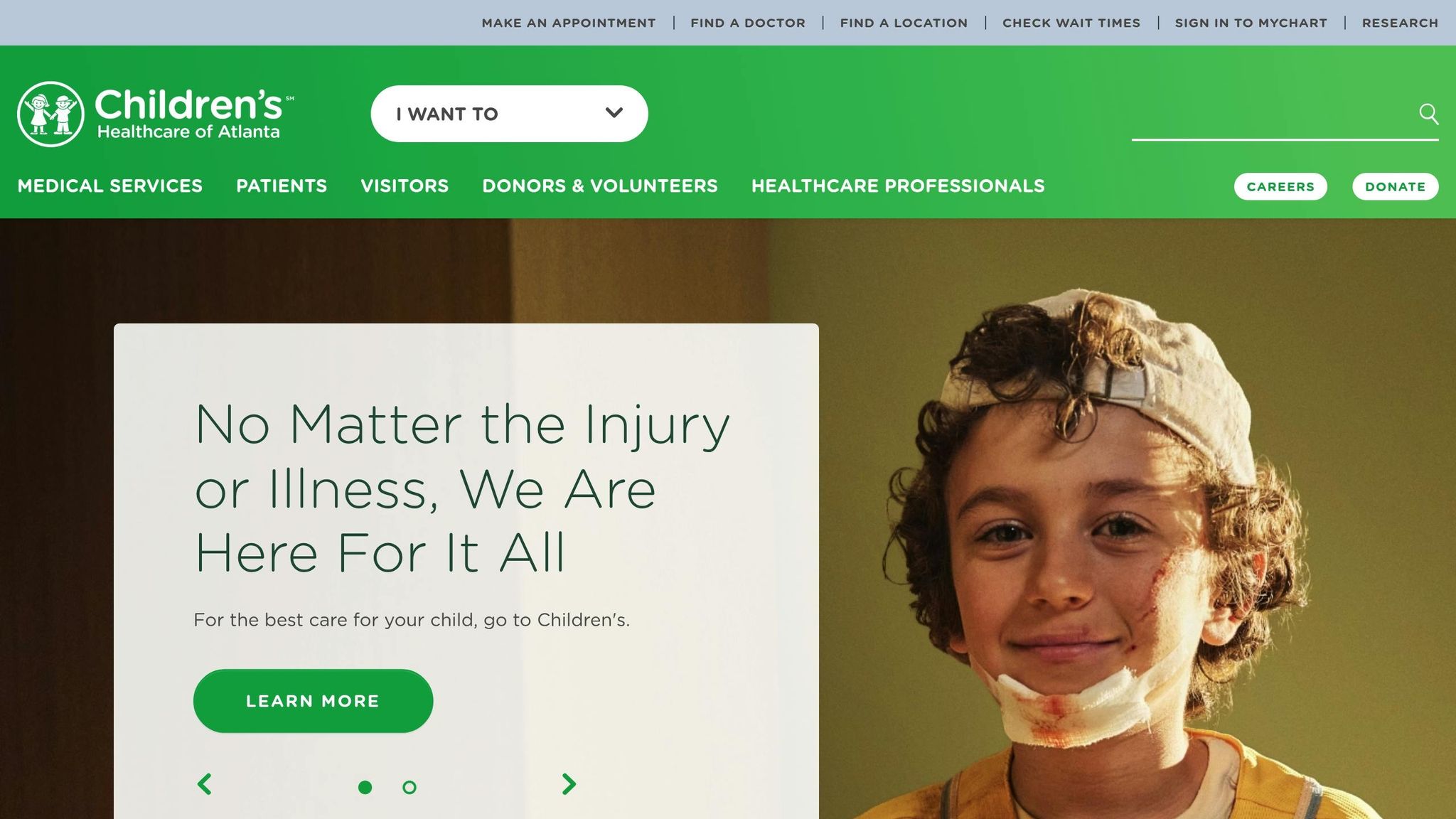How to Use AI for Nonprofit Fundraising (26 Tips)
Discover 26 actionable ways nonprofits can leverage AI to enhance fundraising, personalize donor engagement, and achieve bigger results ethically.

Artificial Intelligence (AI) is increasingly shaping the way nonprofits approach fundraising and donor engagement. With the nonprofit sector facing challenges such as declining donor retention, limited resources, and growing competition for funding, AI offers transformative tools to streamline operations, personalize outreach, and unlock new opportunities for growth. This article delves into how nonprofits, particularly child sponsorship programs and similar organizations, can harness AI to achieve smarter, more efficient, and human-centered fundraising.
The Current Fundraising Landscape
Nonprofits today are grappling with a host of challenges. Fewer people are giving than in previous decades, donor retention rates remain shockingly low, and many organizations struggle to balance rising costs with limited budgets. As teams are asked to do more with less, AI emerges as a powerful ally to help nonprofits adapt and thrive.
But while AI promises faster research, smarter outreach, and bigger results, it also comes with significant risks. From data privacy concerns to the potential for eroding trust, nonprofits must approach AI with thoughtfulness and a firm ethical stance.
The Promise of AI for Nonprofits
AI can fill gaps in capacity, automate repetitive tasks, and empower organizations to focus on their mission. Here’s how AI is transforming nonprofit fundraising:
- Faster Data Analysis: AI’s ability to process vast amounts of data quickly is invaluable for donor prospecting and campaign planning.
- Personalized Outreach: Tools like generative AI can craft tailored messages, making communication more meaningful and donor-centric.
- Smarter Predictions: Predictive AI algorithms can identify donors with the highest giving potential or predict future fundraising patterns.
- Efficient Stewardship: By automating follow-ups and routine communications, AI frees nonprofit staff to focus on deepening human connections with donors.
The Risks of AI Adoption
While the benefits of AI are clear, nonprofits must navigate potential pitfalls, such as:
- Privacy Concerns: Sensitive donor data could be exposed if used irresponsibly with AI tools.
- Bias in Data: Since AI learns from historical patterns, it risks perpetuating biases, such as favoring older, wealthier donors over younger, diverse audiences.
- Over-Automation: Relying too heavily on AI could create communications that feel impersonal or inauthentic, damaging donor trust.
- Ethical Landmines: Without clear policies, AI use can inadvertently cross ethical lines, especially when handling personal or sensitive information.
How Nonprofits Are Using AI Today
AI adoption is already transforming nonprofits of all sizes. Below are some noteworthy examples of how organizations are leveraging AI for impact.
Case Study 1: Children's Healthcare of Atlanta

Children's Healthcare of Atlanta (CHOA) implemented AI tools to enhance donor prospecting and stewardship. By using predictive modeling, CHOA dynamically updated donor likelihood scores daily, helping identify high-potential donors who might otherwise be overlooked. The result? Greater efficiency in outreach, improved donor upgrades, and more focused efforts by gift officers.
Case Study 2: University of South Carolina

During their "Give for Garnet" campaign, the University of South Carolina turned to AI for personalized appeal letters. Instead of sending generic messages, two staff members used AI to generate 392 tailored letters from university deans, saving immense time. The result was both streamlined operations and significantly more impactful donor communication.
Case Study 3: Boston Children’s Hospital Trust
Boston Children's piloted an AI-driven "virtual engagement officer" (VEO) program to cultivate and steward a portfolio of 1,000 donors. While controversial to some, this careful, human-supervised application of AI showed significant potential, with early outcomes predicting $1 million in gifts by mid-2025.
Case Study 4: Advocacy and Storytelling
AI tools are also revolutionizing advocacy efforts. For example, platforms like Opus Clips allow nonprofits to transform long videos into easily shareable short clips for social media. This capability amplifies reach and engagement, especially with audiences who prefer quick, digestible content.
Creating an AI Strategy
Despite AI’s potential, a surprisingly small percentage of nonprofits (24%) have a formal AI strategy in place. Developing such a strategy is essential for maximizing benefits while minimizing risks.
Key Components of an AI Policy
- Define Clear Goals: Start by identifying how your organization intends to use AI - whether for content creation, prospect identification, or donor outreach.
- Ensure Data Privacy: Avoid feeding sensitive or personal data directly into AI tools. Instead, anonymize data and use codes to protect donor identities.
- Choose Ethical Tools: Vet AI platforms to ensure they align with your organization’s values and standards.
- Establish Oversight: Designate team members to monitor AI outputs and ensure they align with your mission and voice.
- Focus on Personalization: Use AI to enhance human connection, not replace it. Personalized donor communication is critical for building trust.
Balancing Technology and Humanity
AI is a tool - not a replacement for human judgment, empathy, or creativity. To avoid over-automation, nonprofits must focus on integrating AI thoughtfully into existing workflows. For example:
- Use AI to handle routine tasks (e.g., thank-you emails) while reserving personal touchpoints for major donors or milestone moments.
- Leverage predictive AI to identify high-potential donors but rely on human expertise for relationship-building conversations.
- Utilize generative AI for campaign visuals but pair it with professional design oversight to ensure authenticity.
The Future of Fundraising with AI
The future of AI in nonprofit fundraising lies in tools that go beyond predictive and generative functions. Emerging trends include:
- Agentic AI: AI assistants designed specifically for nonprofits are already taking shape. Tools like Everrue’s Signal help track donor interactions, create contact reports, and predict donor journeys - all while maintaining a human-centered approach.
- Integrated Donor Intelligence: By consolidating data across email, events, wealth records, and more, nonprofits can achieve a holistic view of donor behavior and preferences.
- Proactive Engagement Models: AI may soon help nonprofits predict and optimize the entire donor lifecycle, from first-touch interactions to legacy giving.
- Board and Volunteer Engagement: AI dashboards could help match board members and volunteers with opportunities that align with their skills and interests, creating more engaged advocates for your mission.
Key Takeaways
- AI is a tool for empowerment, not replacement: Use AI to streamline processes and free up time for deepening human connections with donors.
- Focus on personalization: AI dramatically enhances your ability to tailor communications, ensuring donors feel valued and understood.
- Create an AI policy: Clearly define how your organization will use AI, anonymize sensitive data, and establish oversight to avoid ethical pitfalls.
- Be mindful of risks: AI can amplify bias or erode trust if used carelessly. Approach adoption with caution and transparency.
- Leverage predictive AI: Use data-driven insights to dynamically update donor scoring, segment lists, and identify future high-potential givers.
- Explore generative AI for creativity: AI can help create compelling content, from personalized appeal letters to shareable video clips.
- Plan for the future: Emerging tools like agentic AI and integrated donor intelligence will enable nonprofits to engage donors in even more meaningful and impactful ways.
Conclusion
AI presents an unprecedented opportunity for nonprofits to adapt, innovate, and thrive in an evolving fundraising landscape. By embracing AI thoughtfully and ethically, organizations can unlock new possibilities for donor engagement, operational efficiency, and mission alignment. As we step into this AI-powered future, nonprofits must remember that the heart of fundraising remains human connection - and AI’s greatest potential is in helping us amplify it.
Source: "How to Raise: Practical Magic: 26 Actionable Tips for Using AI at Your Nonprofit" - DonorSearch, YouTube, Sep 18, 2025 - https://www.youtube.com/watch?v=ANICYqYFUsk
Use: Embedded for reference. Brief quotes used for commentary/review.

